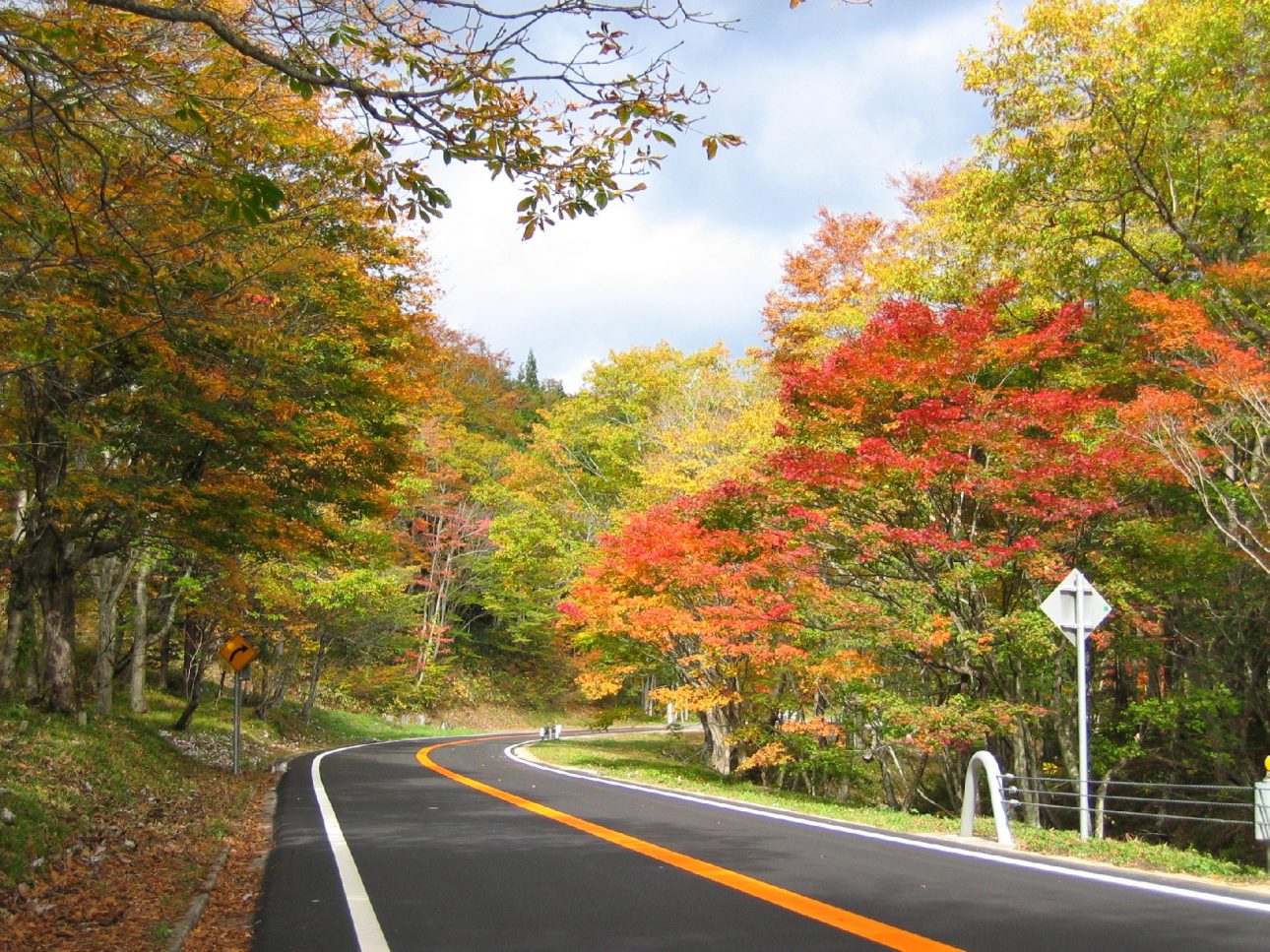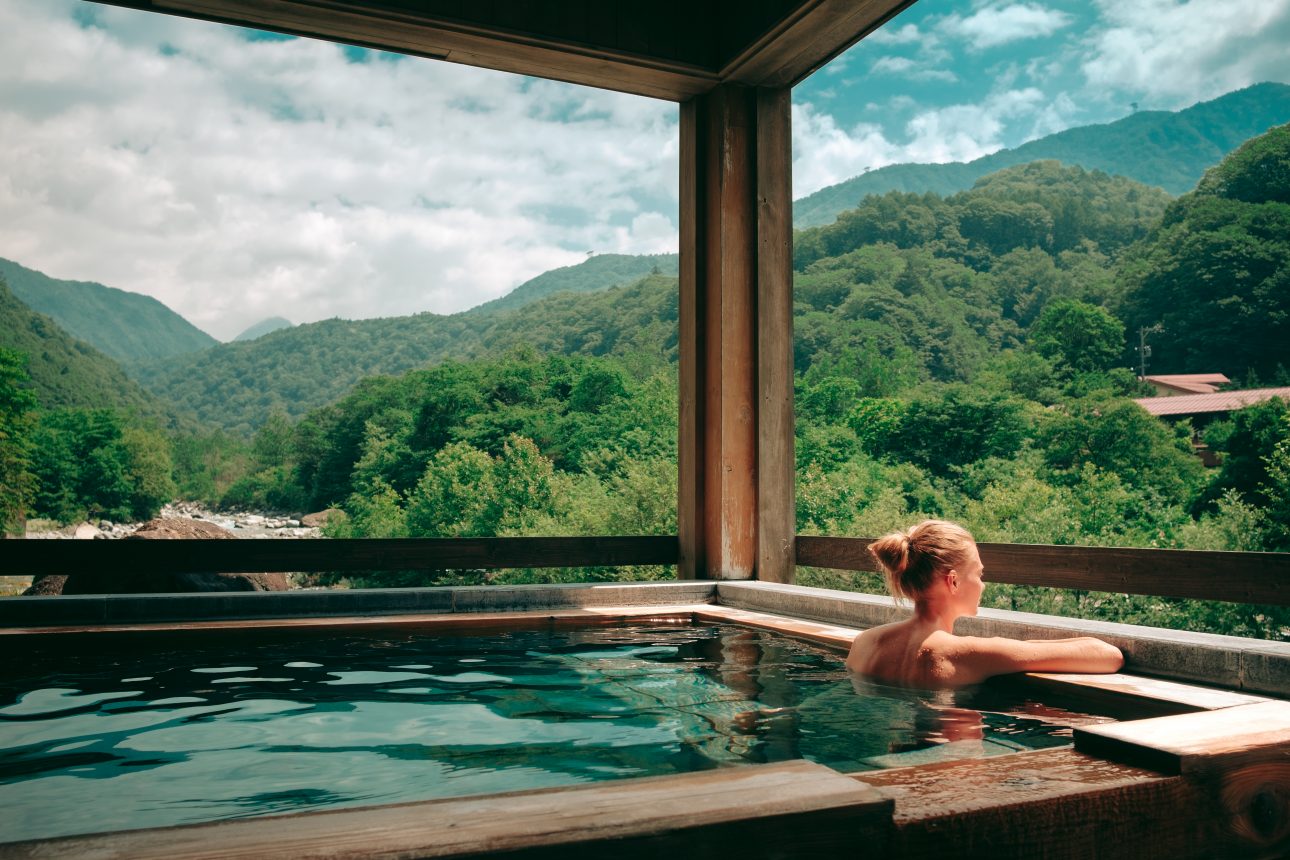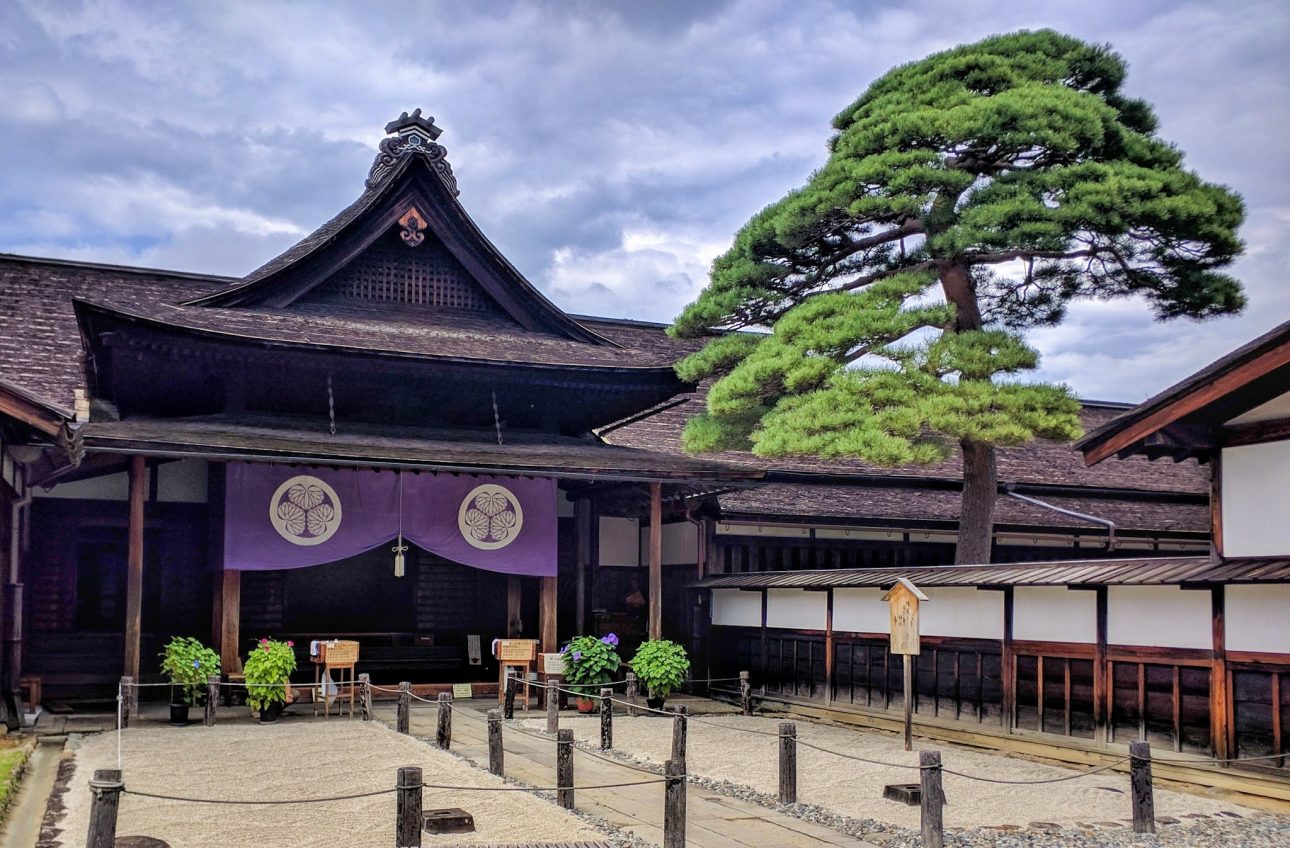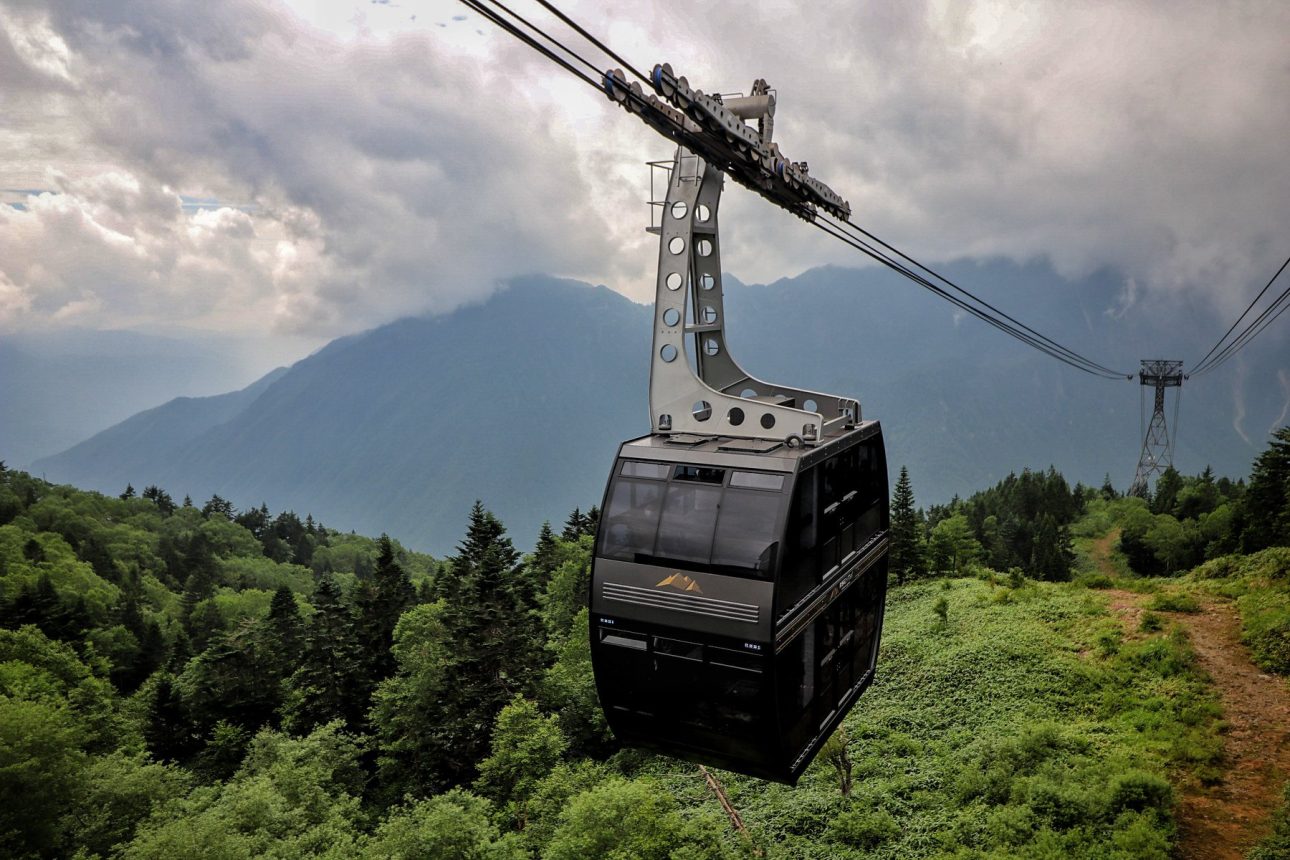
Japan is a nation with one of the highest culinary reputations in the world. It’s a country that takes craftsmanship seriously and has an uncanny eye for detail, where perfection is paramount, and nothing less will do.
It’s this constant pursuit for delivering the best that has made Japan the country with the highest number of Michelin starred restaurants in the world and a tourism industry primarily based on culinary exploration. Hida beef is the embodiment of Japan’s sentiment, a delicacy crafted through deep consideration, prepared with the utmost care and served in carefully curated settings.
Hida beef, with its rich marbling, blushing pink meat, mellow fragrance and dynamic flavour is part of the prestigious wagyu beef family. While there are other places in northern Gifu where it can be enjoyed, Takayama – also known as Hida Takayama is one of the key destinations to enjoy Hida beef.
From streets lined with meticulously maintained historic houses, picturesque natural scenery, culinary innovation, and a population with a passion for providing perfection in everything they do, this town is humble in size but not in cultural magnitude thanks in large part to its most admired export Hida beef.
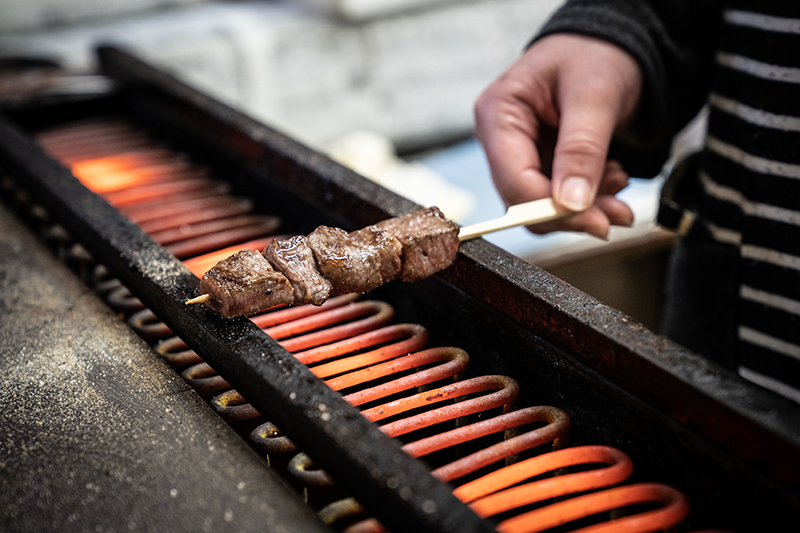
As I admire the food stands that line the main historical streets, from Hida beef sushi, beef buns and beef croquettes, to steak on a stick, I notice that Takayama is a town that’s incredibly proud of its beef products and it should be. Garnering ‘wagyu’ level status in the culinary community isn’t easy. There are only a select few styles of premium wagyu in Japan. Hida beef is among the highest grade of wagyu like Kobe beef and Mie prefecture’s Matsusaka beef.
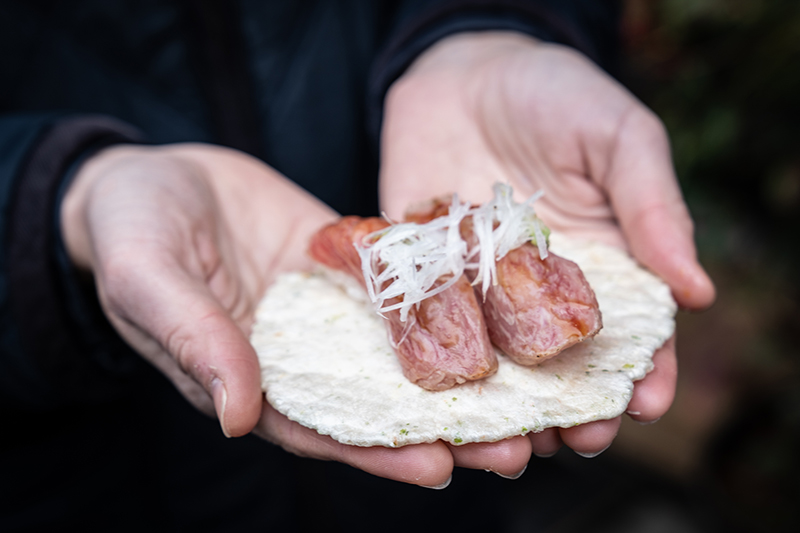
These days wagyu comes from breeds of domestic cattle that were selectively bred with Western cattle sometime in the early 20th century to craft the perfect beef. Although it does seem surprising that a nation not necessarily brought up on beef now has some of the best in the world, the craftsmanship and dedication to producing such excellence is a Japanese trait.
Producing wagyu is a combination of history, art and science, that’s what makes the dish so special. Unlike cattle in other nations, wagyu beef cows are bred with one key outcome in mind – unparalleled flavor.
Hida beef is normally blessed with marbling so rich and blended that from a distance the Hida beef’s pink uncooked meat resembles the light pink shade of a cherry blossom flower.
To achieve this sophisticated rhythmic patterned fatty marbling wagyu cattle are typically bred for upward of 30 months. It’s a much longer time than regular beef, which in standard practices (like most United States Department of Agriculture beef) comes from cattle that’s about 22 months old.
The life of a Hida-raised wagyu cow is a luxurious one. It’s a life of eating, enjoying the crystal clear waters of the mountain flanked rivers, the crisp country air and the joys of an indulgent sedentary life, which produces such generous marbling.
If craftsmanship is inherently Japanese, then innovation is an inherently Takayama quality. An excellent example of that is a local burger shop that while humble in style offers the best hamburgers I’ve tasted in Japan.
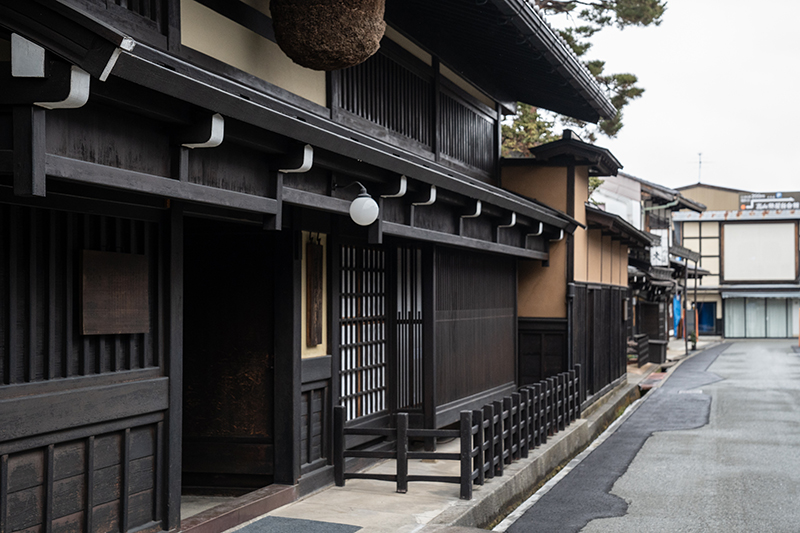
In 2014 TripAdvisor, one of the biggest names in travel, unveiled a list of the most popular Japanese restaurants voted by foreign guests. The second most popular wasn’t a high-end sushi shop in Tokyo or even some kaiseki dining experience in Kyoto, it was this humble retro-Americana hangout tucked away behind an unassuming shopfront in Takayama city!
While the hype may seem mysterious given the sheer abundance of culinary excellence available in Japan, once you try a burger made from juicy, high quality beef, any doubt you may have had about the hype will be out the window.
While it is possible to try a Hida beef burger, I opted for the avocado burger, filled with just the right amount of thick-cut avocado, crisp green lettuce and a fist-sized beef patty, and a smear of sauce. It made me appreciate the deliciousness of simplicity; an art often lost in the burger scene these days.
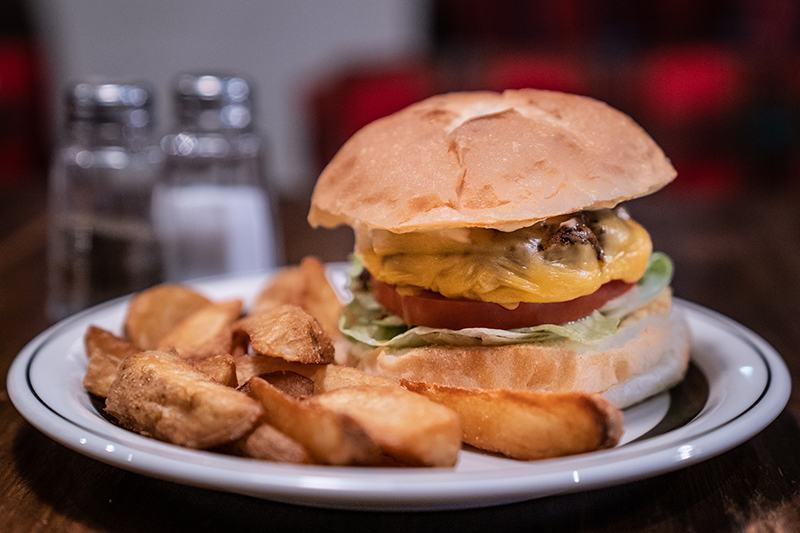
After a day of hitting the streets and exploring the sights, sounds, and smells of Takayama city, we made the journey to the Okuhida area. The quaint villages here dusted in snow and tucked in between the peaks of the Japanese alps feels like a well kept – and very well hidden – hot spring retreat. Located atop a cluster of geothermal hot springs, we set up home base at a traditional style ryokan nestled deep in the snow.
Inside this sprawling, multi-level ryokan sits a Japanese style garden situated right in its center. Like a snow-covered centerpiece, this garden showcases the transient beauty and fleetingness of nature; by the morning, the snow is gone and what remains is a corner of green, and an embodiment of traditional Japanese aesthetics.
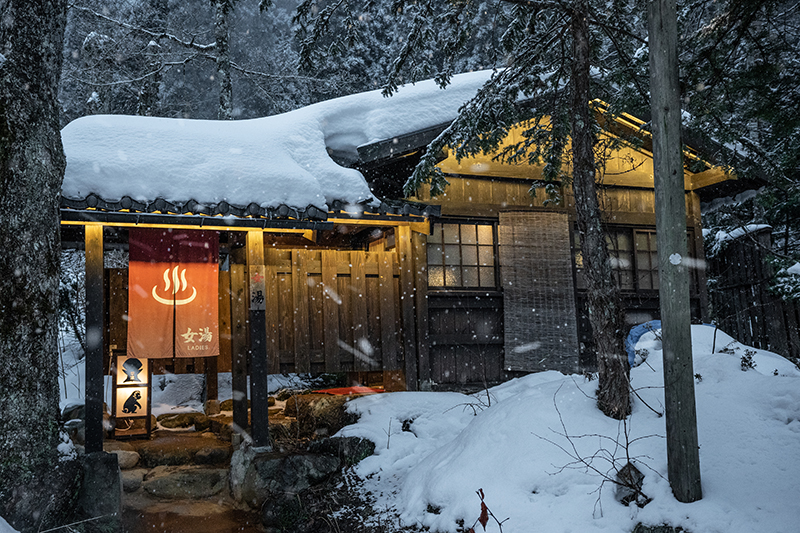
I head to the dining room, large and understatedly elegant, with tatami flooring and sliding doors. The only thing more regal and impressive than this room as I soon come to learn is the meal that awaits us. On the ryokan’s menu is a multi-course kaiseki style medley of Gifu’s finest offerings, from beef sushi to shabu-shabu, steak, and local vegetables and chicken with Gifu miso for good measure.

The perfectly carved slices of soft pink Hida beef steak sizzle on the hot plate emitting an aroma that smells like anticipation. Rolling beads of fat emerge on the surface, marinating the meat as it slowly transforms into a rich, brown piece of steak. Shabu shabu is one of Japan’s most iconic dishes where thinly sliced beef served in a pot with vegetables is cooked in boiling water and then dipped in a sesame or ponzu sauce. While dipping the meat and vegetables in the delectable sauces is a great way to try the local delicacy the Hida beef is so succulent I’m tempted to forgo them entirely.
What makes Hida beef so appealing, beyond of course it’s premium taste and melt-in-your mouth texture, is the diversity of ways it can be prepared. One surprising way to enjoy this delicacy is nigiri sushi style, where lightly seared beef sits atop a small bed of pearly rice. The medley of texture between the slight chewiness of the rare beef is a stark contrast to the other variations of the beef. Soft rice and savory sauces make for harmonious companions, providing a unique mouthful of flavour almost sweet in its meatiness.
After finishing dinner at the ryokan in Okuhida, filled with enough varieties of Hida beef to keep me satisfied for a lifetime, I make my way to the open-air bath for a soak and some recuperation under the snowy night sky.
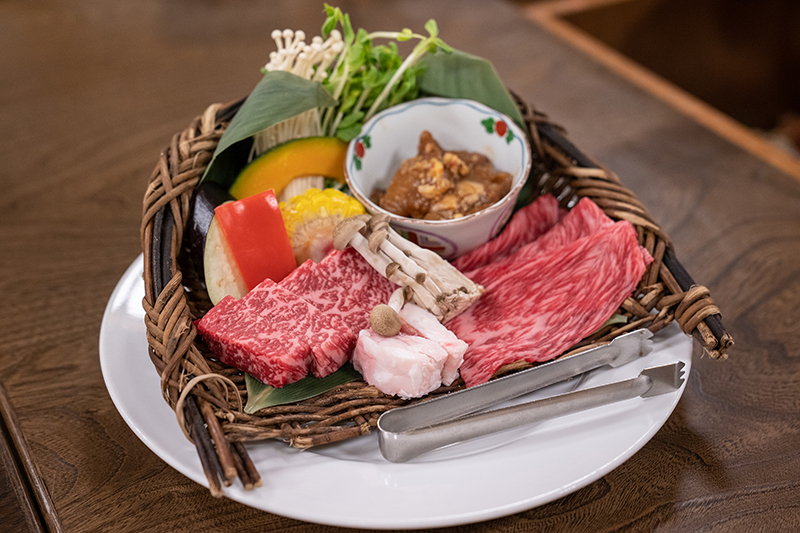
The next day, I headed to the local Takayama Morning Market which was in full swing as it always is practically every single day of the week. One of the biggest morning markets in Japan, this market has two main locations: in front of the Takayama Jinya and along the Miyagawa River.
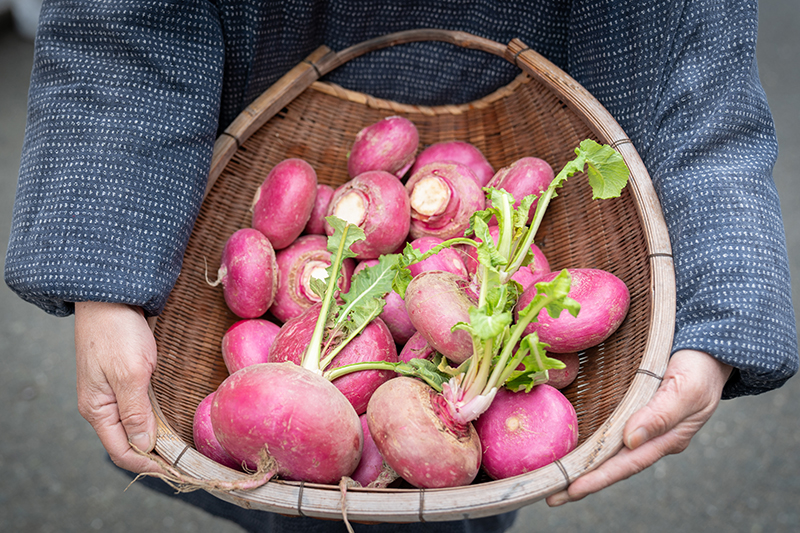
Our morning started with a stroll along the Miyagawa River, whose roaring water soundtrack somehow amplified the cold. The less than desirable weather seemed not to disturb the stoic but friendly market-stall holders who sell their produce day in and day out.
“Basically, the market runs as often as possible,” explains a local seller whose stands lined with fresh vegetables, like spring onion and radishes, are positioned right by the market entrance. Another local speciality to look out for at the market is ‘korokke’, croquettes made with locally produced Hida beef, a fusion of the local and international.
While tourists frequent the area, this seller’s clientele are “mostly restaurant owners and local people buying vegetables,” she says. The passion for buying and selling local produce means that people from the area can maintain a healthy business without having to compete with large supermarket franchises and the like. It’s a symbol of hope in a time where convenience seems to dictate most people’s decision making. “I’ve been here for 40 years,” the local seller continues, “the market locations have changed over time,” but not much else has changed.

Situated at the foot of Takayama’s famous red bridge that stretches over the Miya River, is an old ryotei (traditional high-class) restaurant that was built in 1794. It’s become an icon of the area, serving traditional locally sourced mountain and river-based foods for over two centuries. Still, following the precedent set by the rest of the city, this ryotei is traditional at heart, but not averse to evolution as it now offers various Hida beef dishes.

Tranquil and minimalistic, but undeniably one of the most elegant restaurants I’ve ever had the joy of visiting, what surprised me most about the restaurant is its proud proclamation of their philosophy, which is “not to keep observing all the rules but to change some of them to match the needs of the modern society.” In a place so undeniably built on tradition. I found this statement rather interesting so I decided to pose the question as to why the philosophy was so important and how they have upheld it.
“An example of the ways we’ve changed with the times,” the landlady explains, “is that originally we served dishes made by river fish, like ayu, and mountain vegetables, similar to shojin ryori,” which is a type of classic Buddhist cuisine. “But these days,” she continues, “we incorporate Hida beef into the menu, because it’s regarded as the brand of the area.”
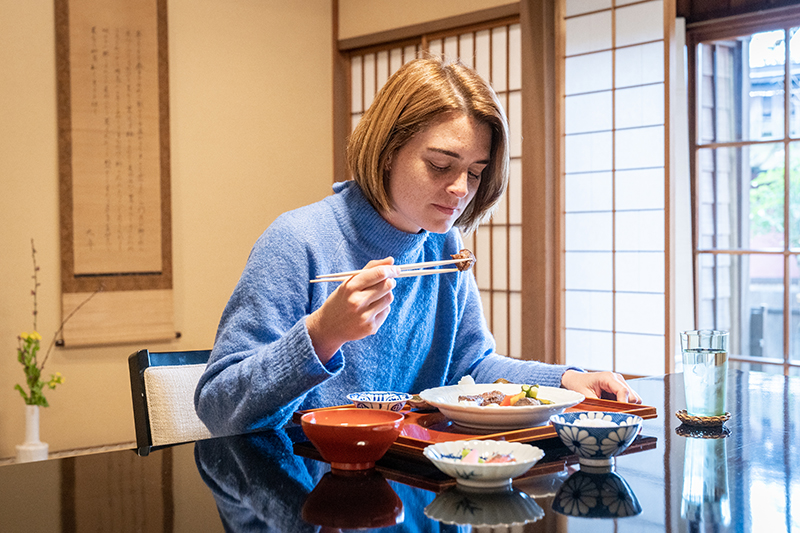
Another example is the use of seafood from nearby regions “since travel between Toyama and Gifu has become easier, we’ve been able to source more fresh seafood, that’s another key way we’ve changed,” notes the landlady.
While trying to protect tradition, the restaurant is also adapting to the changing times. It’s relevant and attractive to international guests, sure, but more than that, it’s a showcase of the city’s modern history. Food is as much about storytelling and a sharing of culture as it is filling the belly, and by incorporating Hida beef into the menu, the restaurant seems to be solidifying the city’s more contemporary history.
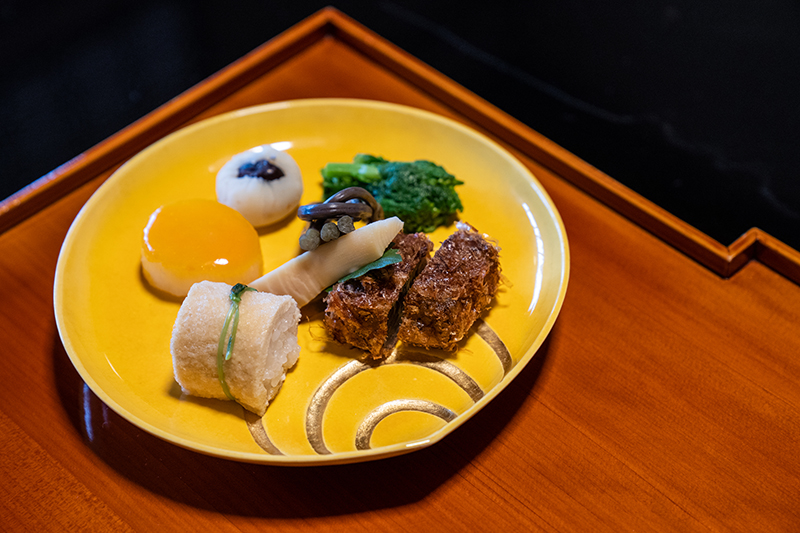
My visit to this restaurant was the perfect way to round up an adventure exploring the delights of Hida beef in Takayama. It’s a taste of the way things were, sprinkled by the hopeful essence of the now and a passion for embracing the future.
My time exploring the landscape and context of Hida beef has been an eye-opening one to say the least. Today in a time of instant gratification and fast food, there’s a lot to be learned from how this quaint town treats their most famous culinary speciality.
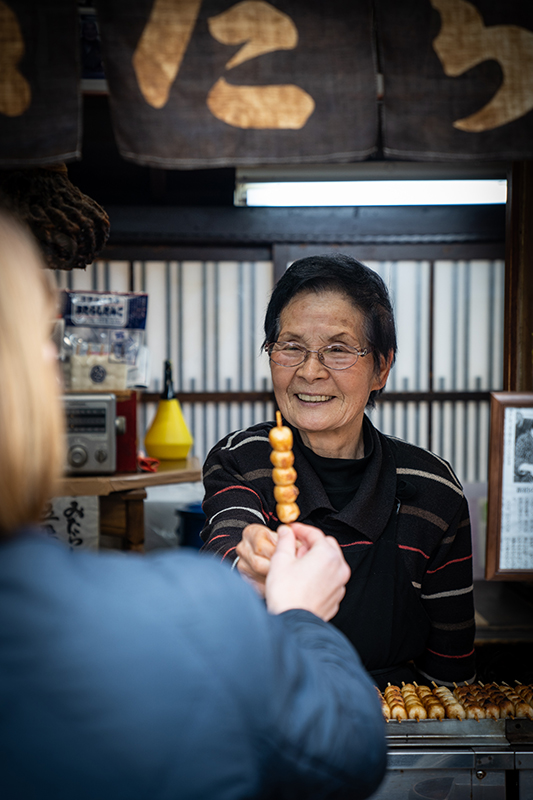
Enjoying Hida beef can be in part an analogy for enjoying Japanese culture. Both are rich, dynamic, carefully considered, inspired by their surroundings and influenced by history while constantly moving with the times.
If you can make the journey to Gifu and try Hida beef you should. It’s a treat just waiting to be discovered and enjoyed by those who make an effort to go beyond the well-trodden map.













